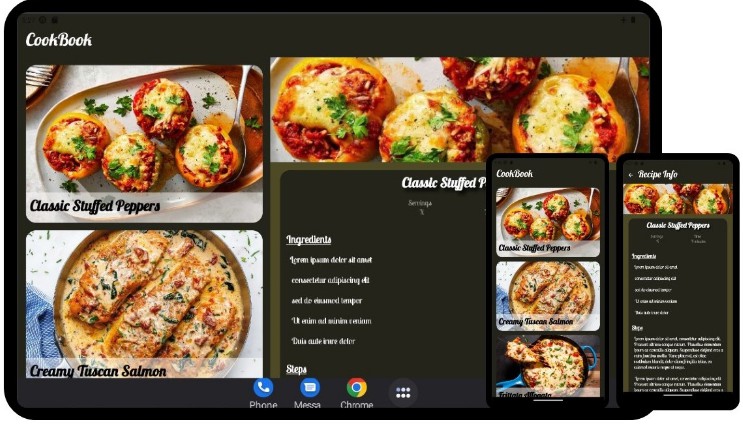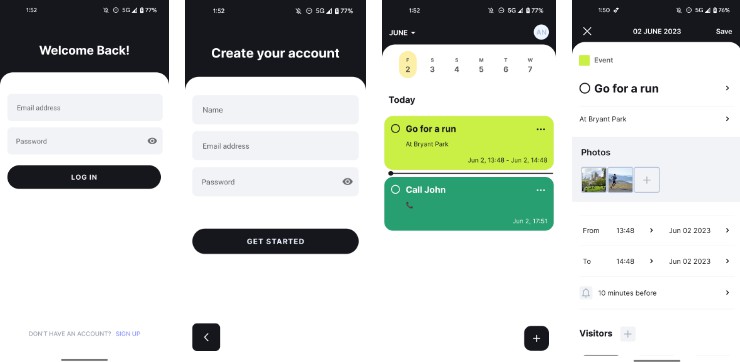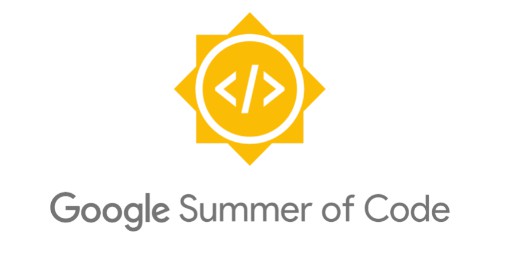TensorFlow Lite Object Detection Android Demo
Overview
This is a camera app that continuously detects the objects (bounding boxes and classes) in the frames seen by your device’s back camera, with the option to use a quantized MobileNet SSD, EfficientDet Lite 0, EfficientDet Lite1, or EfficientDet Lite2 model trained on the COCO dataset. These instructions walk you through building and running the demo on an Android device.
The model files are downloaded via Gradle scripts when you build and run the app. You don’t need to do any steps to download TFLite models into the project explicitly.
Terms: By accessing or using TensorFlow Lite in Google Play services APIs, you agree to the Terms of Service. Please read and understand all applicable terms and policies before accessing the APIs.
This application should be run on a physical Android device.
Build the demo using Android Studio
Prerequisites
-
The Android Studio IDE. This sample has been tested on Android Studio Bumblebee.
-
A physical Android device with a minimum OS version of SDK 24 (Android 7.0 – Nougat) with developer mode enabled. The process of enabling developer mode may vary by device. This device will also need to have the latest version of Google Play Services installed.
Building
-
Open Android Studio. From the Welcome screen, select Open an existing Android Studio project.
-
From the Open File or Project window that appears, navigate to and select the tensorflow-lite/examples/object_detection/android_play_services directory. Click OK.
-
If it asks you to do a Gradle Sync, click OK.
-
With your Android device connected to your computer and developer mode enabled, click on the green Run arrow in Android Studio.
Models used
Downloading, extraction, and placing the models into the assets folder is managed automatically by the download.gradle file.






